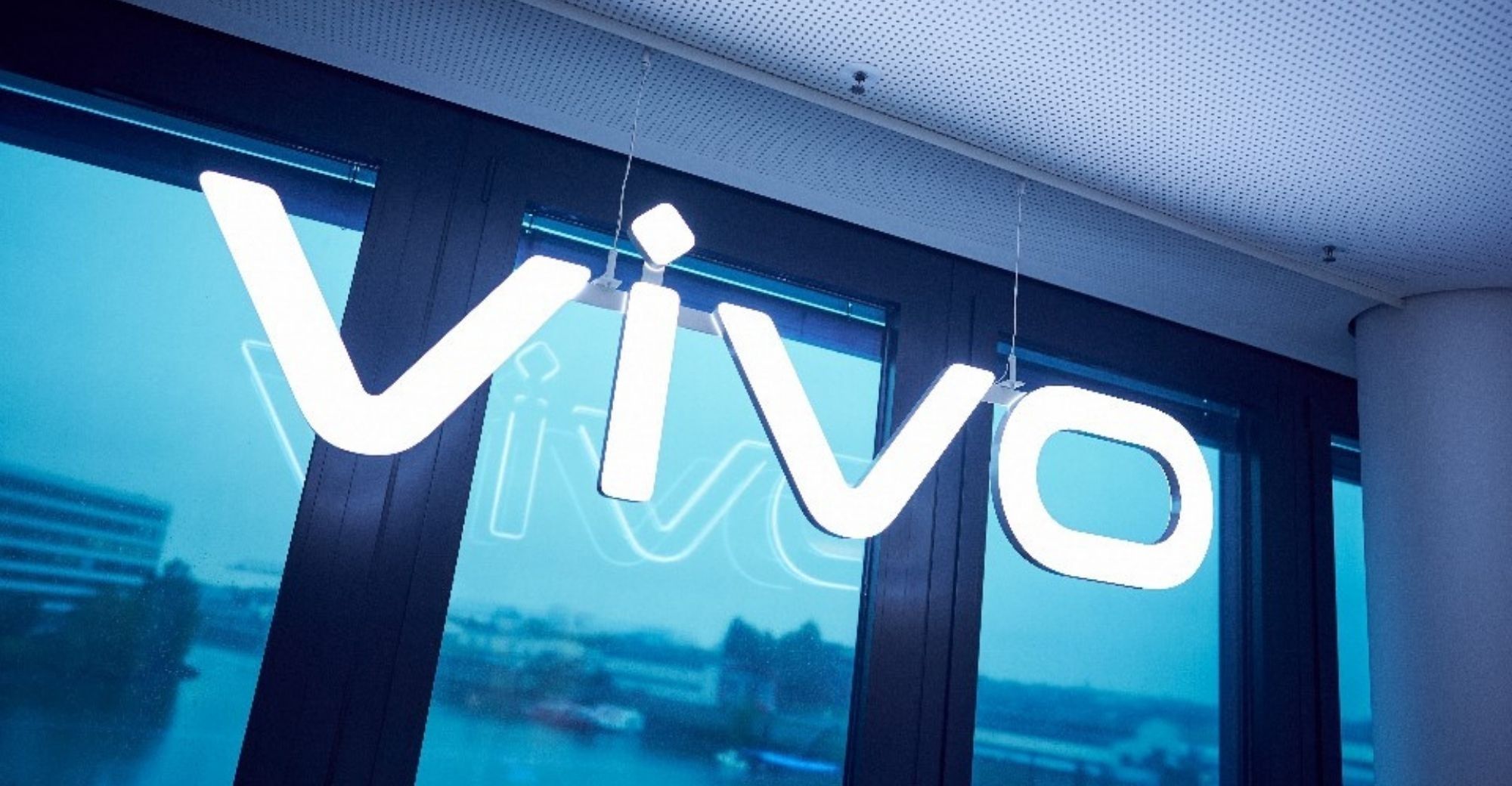Vivo Unveils AIGC Algorithm Progress
Under the wave of AIGC, mobile phone companies that focus on imaging are increasing their investment in AI technology.
On July 30th, Vivo disclosed for the first time its research and development achievements related to the AIGC algorithm, including the establishment of Chongqing 3D motion capture laboratory, as well as the release of a self-developed image chip V3 with multi-concurrent AI perception. It also announced that it will apply new-generation AI technology in its next-generation products.
Interface News reporters have learned that in its 3D motion capture laboratory, Vivo has built a film-grade light field system. This system can reconstruct “pore-level” human body 3D models, supporting the research and iterative work of various portrait 3D perception algorithms in Vivo. The focus is on developing core portrait 3D perception algorithm capabilities for faces, bodies, and gestures.
The laboratory is located in the Vivo Chongqing Intelligent Manufacturing Center. This center is also a key part of Vivo’s global intelligent manufacturing, with its layout started in 2014, completed in 2017, and officially put into operation.
According to the introduction, Vivo collects human 3D data and human reflectance data in this laboratory. AI then learns algorithms, which are subsequently applied to solve some imaging problems that current hardware struggles with. These include background blur effects for portrait photography at the hair strand level; development of adaptive lighting algorithms based on background style; expression editing, hairstyle editing, age editing based on facial depth and texture information; AI-based virtual dressing, AR dance, and more using human 3D data and depth information.
SEE ALSO: vivo X Fold2 and X Flip Debuts in China
“3D imaging and AIGC are the core directions of Vivo’s future exploration. Currently, there are more than 100 people, most of whom have a doctoral degree,” said Yu Meng, Vice President of Imaging at Vivo during an interview.
With the popularization of AI, mobile phone companies are accelerating their technological investments one after another. In addition to Vivo, Honor proposed the concept of edge-side AI large models in July, and in August, it is rumored that Huawei will also incorporate the currently popular AI large model technology into HarmonyOS 4.
In mobile applications, imagery has become the best testing ground in this technological field. Overseas, both Midjourney and OpenAI have made breakthrough progress in applications such as drawing and image processing. Meanwhile, in China, a recent AI camera app called ‘Miaoya Camera’ has quickly attracted a large number of users with its simple usage method, affordable price, and high-quality generated effects.
Li Zhuo, the Senior Director of Vivo Imaging Products, believes that mobile imaging technology is currently advancing in three areas simultaneously: optics, computing power, and algorithms. However, compared to the other two areas, optics face greater challenges as it is analog, and breaking through certain bottlenecks can be extremely difficult. It may require breakthroughs in materials science and fundamental physics. But once these breakthroughs are achieved, they will bring about a whole new world. Therefore, advancements and breakthroughs in computing power and algorithms are very apparent at this stage.
According to the on-site demonstration, relying on AI technology, the phone can achieve precise capture and driving of facial expressions, body postures, and gesture interactions. It can also take photos that combine virtual and real scenes in a more natural and harmonious way, even achieving lifelike effects. Technologies such as texture reconstruction and lighting estimation algorithms allow users to re-edit aspects such as lighting, age, hairstyle, and expression based on their preferences.
“In the future, algorithms will lead the way, but it doesn’t mean they run on their own. In the future, algorithms will empower traditional optics. This is the logical relationship within them,” said Yu Meng.




